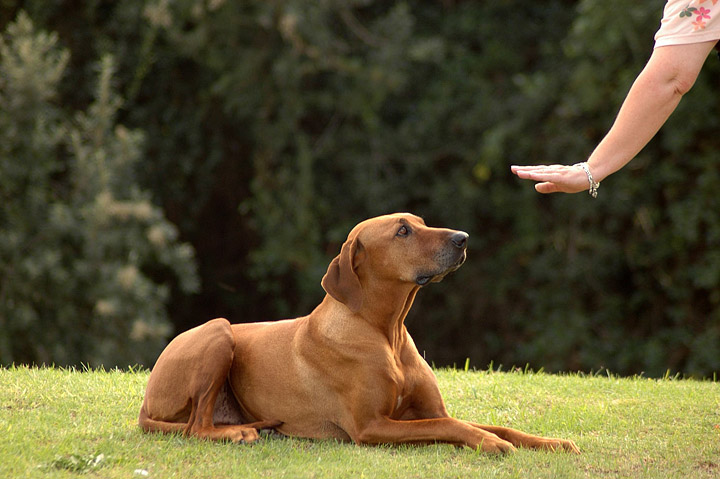
Owning a dog is a huge responsibility. When you and your family make the decision to add a new four-legged member to the family there are a few serious questions to ask yourself. First of all, will you be able to handle and properly care for the dog? This includes having the proper space for the dog to live in, taking the dog for walks, or letting the dog run in an enclosed yard.
Another major factor for potential new pet owners to consider is obedience training for their new dog. Do you know how to train a dog? Unless you are confident in your abilities then it would be wise to look into which are the easiest dog breeds to train.
Before we get into specific breeds, let’s briefly see the benefits of properly training your dog. First of all, obedience training is one of the single most important things you can do to develop a strong bond between you and your new buddy. Training your dog can also help with common issues in dogs like barking, chewing things, and house-training.
Just a few of the major benefits of training your dog include ensuring that your dog stays safe when out and about, better communication between you and your pet, peace of mind about your dog’s behavior around other people and the knowledge that you are properly addressing your dog’s needs.
This is by no means an exhaustive list as it features only a few of the countless benefits that your dog, as well as yourself, will get from some form of training. If you want to be the main person responsible for your pet’s training, then it is especially important that you find out what is the easiest dog to train for you. Let’s take a look at some of the various breeds of dogs and how they respond to training!
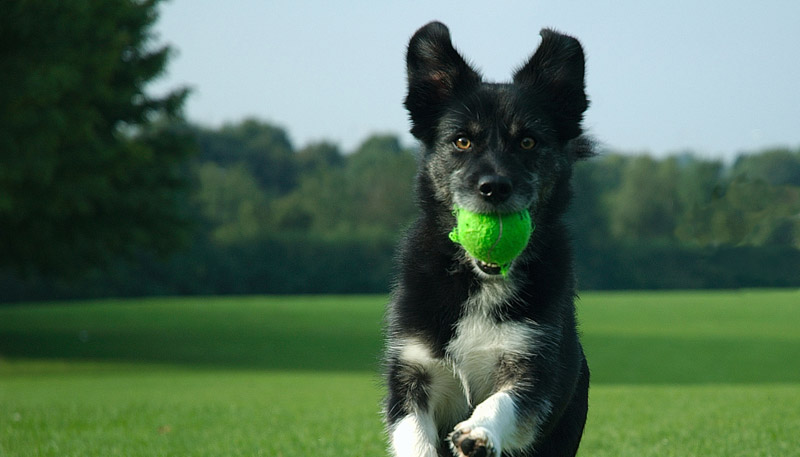
Breeds that are easy to train
In the following you will find a list of some of the easiest dog breeds to train. The main features that make them so responsive to training and communicative are: they are known for not being overly aggressive, they are not usually stubborn in their nature and they are also highly intelligent.
- Border Collie – One of the easiest dogs to train is the border collie. This can be put down to the fact that they are among the most intelligent dogs around. They are natural herding dogs, so have plenty of energy that needs to be used up with lots of walks and games.
- Bloodhound – It might be a bit of a scary name, but bloodhounds are well known for kindness and affection and they are certainly not shy about showing it. As long as they have a master who they can see as the pack leader they will respond easily to training.
- Labrador Retriever – This particular breed is among the most popular choice for a family pet. This is largely down to the fact that they are gentle and playful. They are very intelligent dogs which is why you will often see them being trained as a service dog or for rescue work.
- Golden Retriever – This is a similar breed to the Labrador Retriever that we talked about above, and they are also common service dogs. They do have a bundle of energy, but are highly intelligent with a built in desire to please their master. This makes them a great candidate for obedience training – even for a beginner.
- German Shepherd – These big dogs are dependable and courageous and they have long been a natural choice for police and military dogs. However they are an extremely loving breed which makes them great pets. They also have a natural protective streak for their humans. All of these qualities coupled with their intelligence, makes them easy to train.
- Doberman Pinscher – Many people do not think of the Doberman Pinscher as a good pet, but this is a very unfair assumption. There is a misconception that they are aggressive which might stem from their popularity as police dogs and guard dogs, but in fact they are very loyal and highly intelligent. They are versatile dogs that are sure to respond well to regular training.
- Australian Cattle Dog – If we were asked to pick out a couple of words to categorize this particular dog breed then we would probably have to say strength, agility and courage! It is because of their strength that training is a must for these dogs, but they are easy to train and will thrive under a dominant master.
They are highly active and intelligent and are built for herding cattle. That means that if you are not working the dog on a farm then you are going to need to give him plenty of both physical and mental exercise to keep him happy! Think about agility training or similar! - Poodles – When you think about a poodle, the first thing that comes to mind is those fancy haircuts! However, do not be put off as that is really not a necessity, and underneath the fancy clips poodles are highly intelligent and very active. Poodles are generally in one of three size categories: standard, miniature or toy and all three are very easy to train. As an added bonus, poodles are also hypoallergenic making them great for people with allergies. They do require a great deal of grooming though, so make sure you are ready to make that kind of commitment!
- Australian Shepherd – When you have an Australian Shepherd, you know they love to perform pretty much any task. This makes them easy to train but they need to be kept active to be happy, so make sure you have the time and the drive to address this need. They are naturally protective making them a great dog for the family.
- Belgian Sheepdog – One of the best things about Belgian Sheepdogs is that they are loyal and energetic making them ideal family pets. They enjoy being active and are highly intelligent. Since they are so easy to train, they are a popular choice for service dogs, rescue dogs and even therapy dogs.
These are just some of the most popular an easiest dogs to train, but there are other breeds to consider, like: Boston Terrier, Giant Schnauzer, Wire Fox Terrier, English Springer Spaniel, French Bulldog, Maltese, Saint Bernard, Greyhound, Briard, Pharaoh Hound, Cavalier King Charles Spaniel, Greater Swiss Mountain Dog, Whippet, Welsh, Corgi, Boxer, Rottweiler, Yorkshire Terrier, Shetland Sheepdog or “Sheltie”, Bernese Mountain dog and Havanese.
It is important to note that because dogs have their own personalities there is always the possibility that a dog from a breed that is known as easy to train can be difficult. A good example of this would be the Border Collie.

Although Border Collies are considered to be an easy breed to train for many people, because of their incredible intelligence, other people may find them very difficult. Do not be alarmed if you get a dog with a reputation for being one of the easiest dogs to train and you end up struggling – with a little work and perseverance the dog will come around.
Difficult dogs to train
So, now that we know about the dogs that are going to take to training easily, let’s focus on more difficult breeds. Some breeds of dogs are more of a challenge to train but this does not mean they cannot be trained. It just may take a longer time period and more repetition to get the same results as with a more cooperative dog.
Beginner dog owners may struggle to train these dogs, but if you have your heart set on a particular breed from the list then you can always look into hiring a professional trainer. Here are just a few breeds of dogs that you may find a bit more challenging to train but with time, patience, and understanding, will soon be behaving in the manner that you require of them.
- Afghan Hound – This probably won’t come as much of a surprise since Afghan Hounds are often portrayed as snooty, spoiled pooches! This is not far from the truth, in fact they are often accused of being more like a cat in their personality than a dog with their preference for doing whatever they like, whenever they feel like it! This makes it fairly difficult to train this breed as they do not respond well to prompts or commands. However, with that long flowing hair they are certainly very beautiful!
- Basset Hound – It’s not that Basset Hounds are not intelligent – far from it; however, the strongest instinct that they have is to follow their nose wherever it leads them! This is great if you need a tracker, but in terms of training it can make things a little challenging. Once your basset hound locks on to a particular scent there is virtually nothing that can be said or done to regain their attention until they find the source of that smell!
- Mastiff – The mastiff is a huge and stubborn dog. They know they are bigger and stronger than you are and have an attitude to match! If a 150lb dog doesn’t want to do something then it most probably not going to bother doing it! It takes a very experienced dog owner to train a mastiff!
- Bulldogs – Bulldogs are lazy dogs. They love to sit around in the sun, sleep, eat, sleep, cuddle and sleep! This means they are not really into being trained to do different tasks and are as likely to fall asleep as they are to listen to your commands. They can be trained, but it is a lot of hard work!
- Pekingese – These little guys are adorable making them popular choices for the ladies who lunch! However, they have a serious case of what we like to call ‘small man syndrome’. They may be little, but they don’t realize it and overcompensate by being defiant and dominant. They are also pretty high maintenance all of which combines to make them a very difficult dog to train properly!
- Chow Chow – Like the Pekingese, Chow Chows also have a dominant and demanding nature. This is something common in the smaller breeds. They demand constant attention and can get very jealous which can get in the way during training.
- Beagle – Beagles, like those basset hounds we talked about are scent dogs. They are loyal, but have a real feral streak which is going to encourage them to follow interesting scents over and above all else! It can be tough to get a beagle to listen to commands let alone act on them.
- Dalmation – The best way to describe the personality traits of a dalmation is to say that they are like little kids suffering from ADHD! They are highly energetic, hyperactive and want constant attention. All of this overrides their intelligence and often gets them into mischief. It makes training them challenging to say the least, but if you persevere and find creative ways to keep them interested it will also be very rewarding!
- Pug – How would we sum up this breed? Cute, but stubborn springs to mind. Again, as with many smaller breeds pugs will overcompensate for their smaller stature with bags of attitude! It is almost as though they know how darn cute they are and so they push and push to see how far they can get with that adorable face! This filters into any training situation which makes it very difficult to train a pug!
Once again, we are not saying that these dogs don’t make good pets or that they cannot be trained, but their breed personality traits makes it more challenging, so beginner dog trainers and owners are going to have their work cut out for them!

Of course, this is by no means an exhaustive list of dogs which are not the easiest to train, some of the other breeds to be wary of in terms of training also include: Akita, Siberian Husky, Great Pyrenees, Shiba Inu, Chihuahua, Dachsund, Bichon Frisee, Malamutes, Irish Wolfhounds, Lhaso Apso, American Eskimo, Weirmaraner, Shi Tzu, Rhodesian Ridgeback, Samoyeds, Pomeranian, Jack Russell Terriers, Scottish Terriers, Staffordshire Terriers, Coonhounds, Great Danes and Schnauzer.
It is also possible that breeds on this list will be one of the easiest dog breeds to train for you and your family despite their reputation. Some breeds, such as the smaller ones that are notorious for their incessant barking and their obvious high opinion of themselves expect to be treated as if they are the master and you are their humble servant, regardless of the amount of obedience training they undergo and this is simply down to the personality traits of their breeds.
The key is to find the right dog to meet your needs and be prepared to put in the time and effort that it takes to train them.
The main conclusion that arises here is that any dog can be trained (at least at a basic level) if you manage to make them see you as their master. Remember that dogs are pack animals and even though we’ve been taming them for a while now they still have wild features.

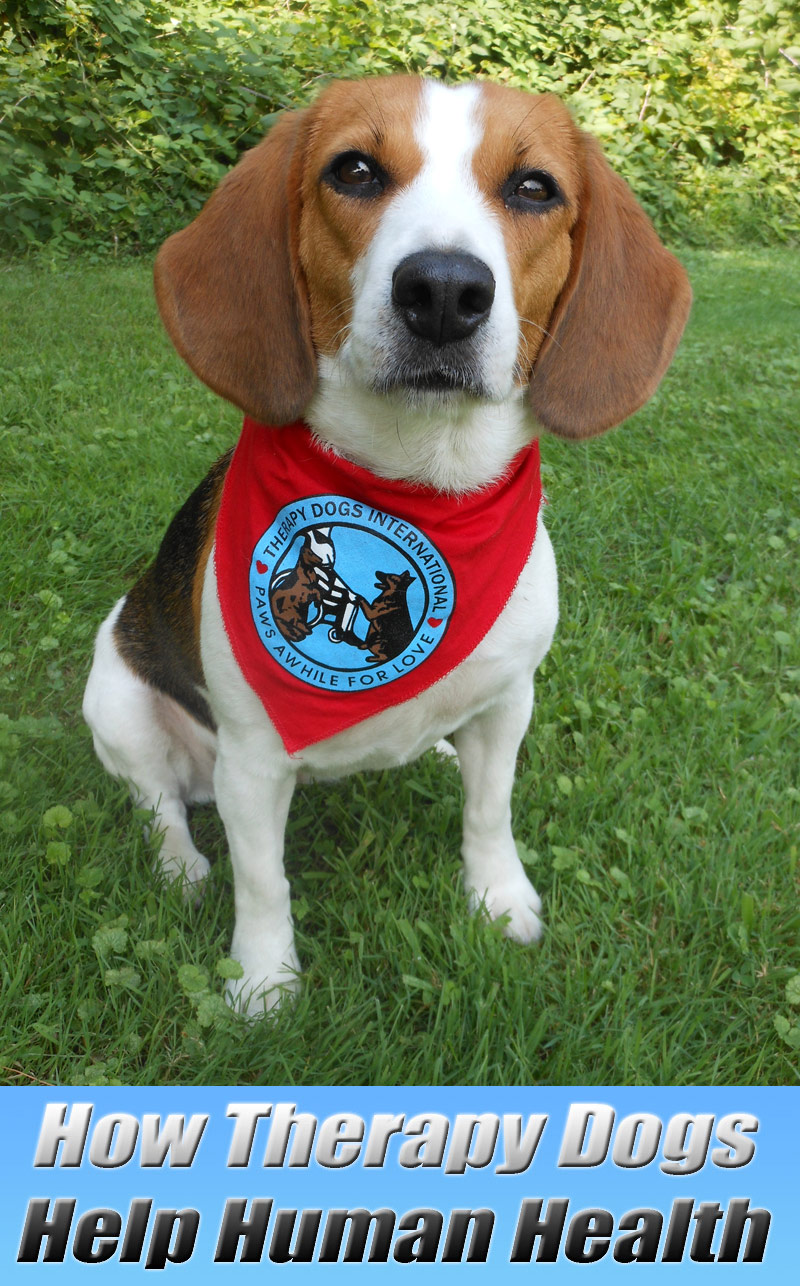
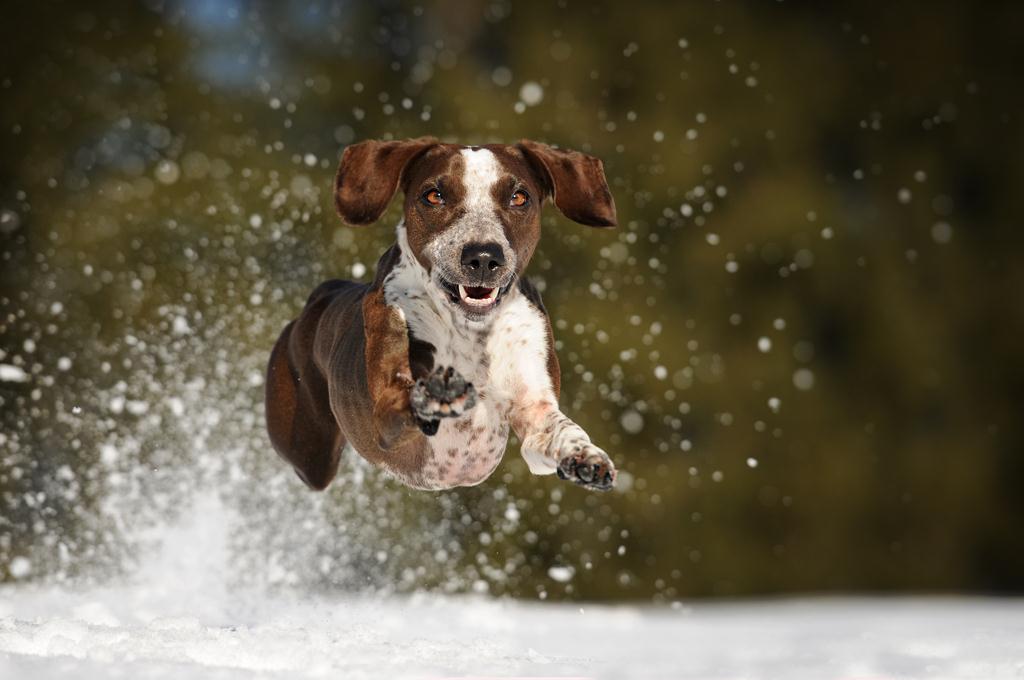
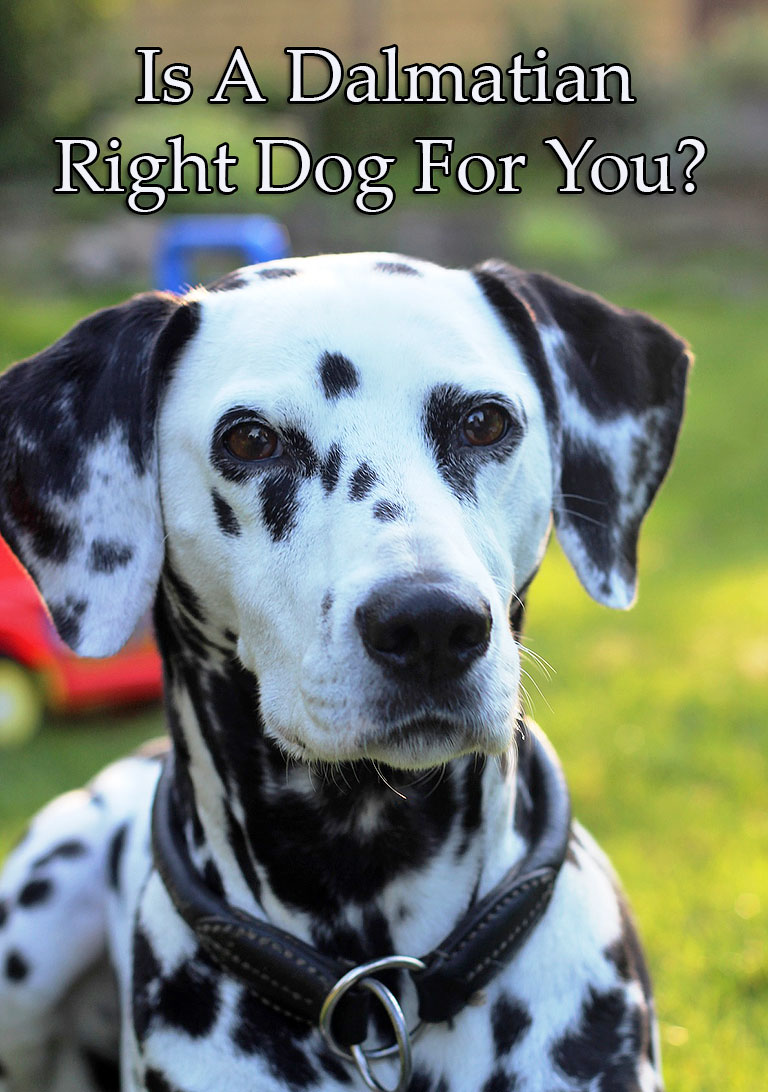
Leave a Reply